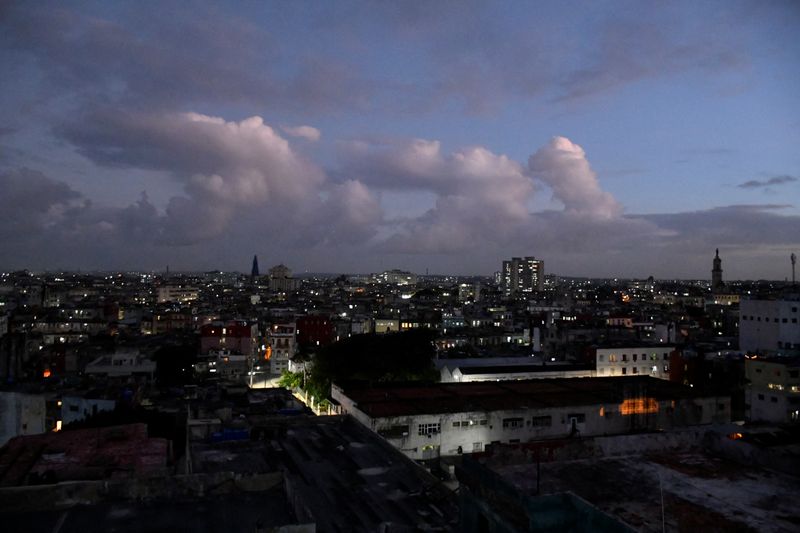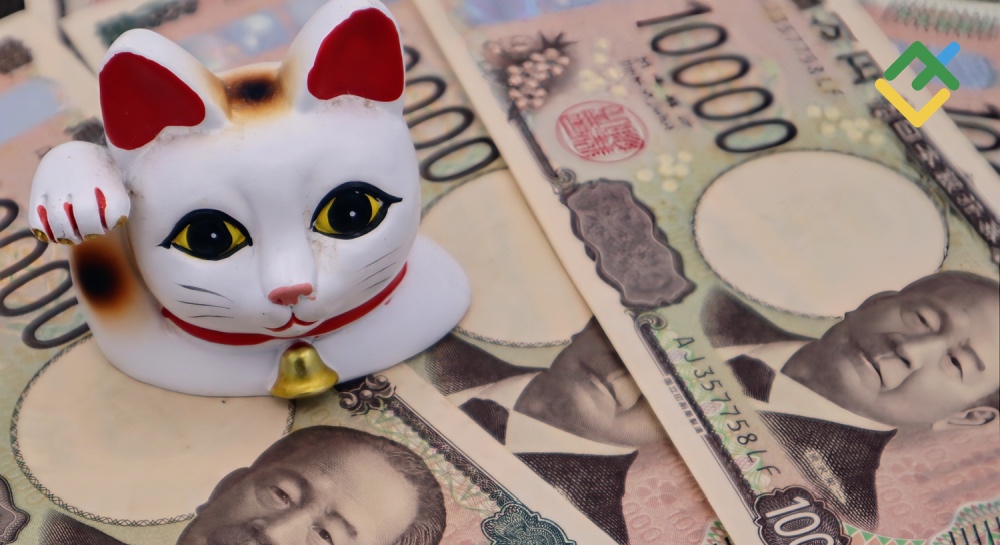
By Nelson Acosta
HAVANA (Reuters) – Hangzhou Duojia Technology, which distributes solar technology to Cuba, called a Cuban plan to dramatically boost solar generation a win for both countries, touting China’s manufacturing heft and the island’s sunny climate.
Cuba is desperate to generate electricity on an island where demand is rising but generation by antiquated oil-fired power plants has plummeted.
The country’s grid collapsed last month, leaving 10 million people without power.
Much of Cuba continues to face hours-long blackouts daily, as generation falls 50% short of peak demand.
“We think solar panels are the definitive solution in this country where there is more than enough sun,” said Qiaoming Huang, president of Hangzhou Duojia Technology, on the sidelines of Havana’s International Trade Fair.
“As we say in China, with crisis comes opportunity,” Huang told Reuters in an interview.
He said his company, which sources solar technology from China for small-scale commercial projects of up to 20 kilowatts in Cuba, had 10 containers of solar panels and lithium batteries on their way from China.
Cuba agreed in April for China to help it boost solar power’s role in its grid, though neither government elaborated on financing details.
Soon after, Cuban authorities announced they would build 2,000 megawatts of solar energy by 2028, with the first 1,000 MW coming online by the summer of 2025 and the second tranche by 2028.

After the October nationwide blackout, Cuba’s top leadership appeared to double down on the plan, at least partially financed with Chinese development credits, according to state-run media.
Currently less than 5% of Cuban energy comes from alternative sources. Cuba’s goal for 2030 is 24%.
This post is originally published on INVESTING.



